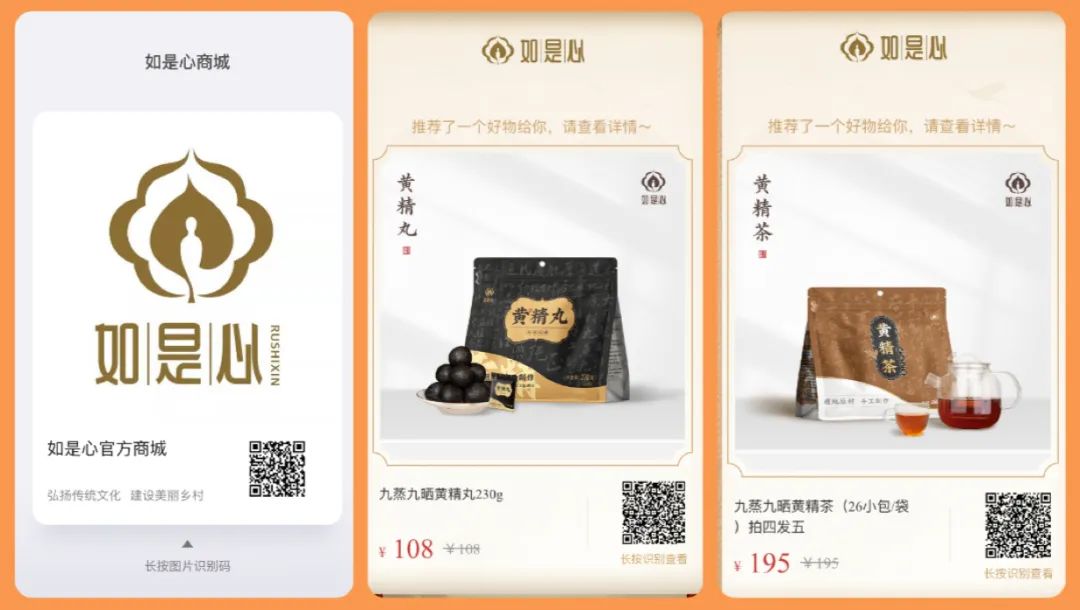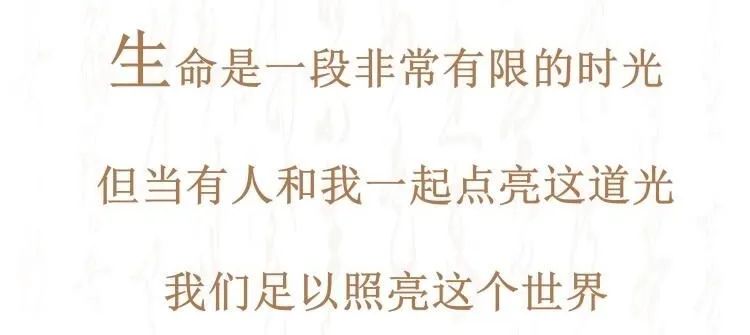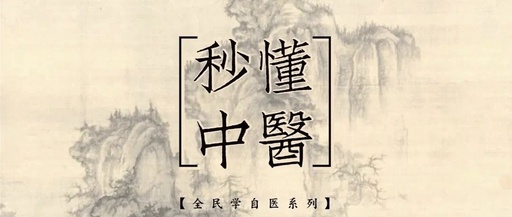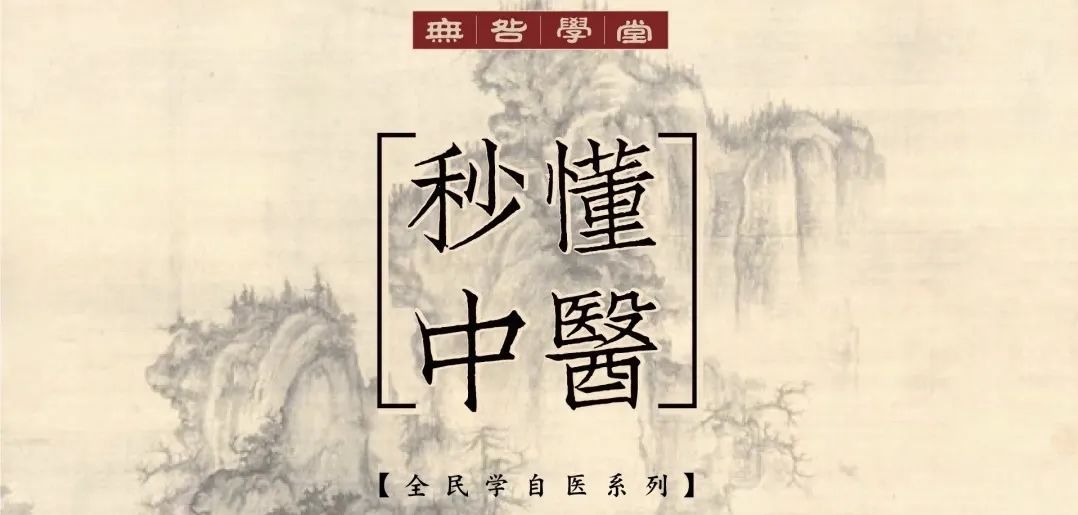
Section Eight: The Eight Extraordinary Meridians (Chong, Dai, Ren, Du)
Let’s take a look at this chart:
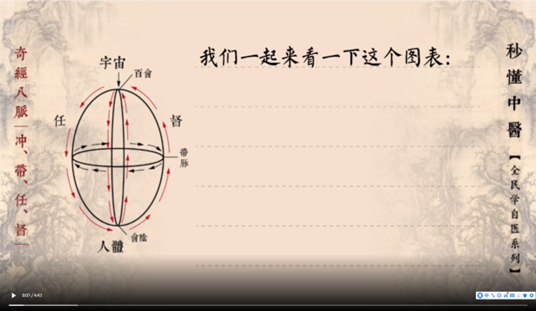
“The primordial qi” descends from the universe and enters the fertilized egg, forming the Chong Mai (Chong Meridian). This primordial qi cannot directly form a physical body, so it undergoes a transformation. This transformation is completed within the Chong Mai itself, as indicated by the downward and then upward flow in the diagram. The qi then flows into the Ren Mai (Ren Meridian), where it begins to transform into “blood,” which constitutes the various subtle substances that form the body structure, allowing the fetus to grow. Meanwhile, the Du Mai (Du Meridian) starts to integrate various energies, providing vitality to this life form. Before birth, the energy of the Ren and Du meridians is primarily supplied by the Chong Mai, hence it is also called “pre-natal.” After birth, the energy is mainly provided by the “water and grains” of heaven and earth, thus referred to as “post-natal.” In other words, the Chong Mai gives rise to the Ren and Du meridians, the Ren Mai generates all the “Yin meridians” in the body, and the Du Mai produces all the “Yang meridians.” This will be clearer when we discuss the twelve meridians later.
Now you should understand that the Ren Mai is primarily responsible for the physical appearance, such as facial features and body shape; while the Du Mai provides all the necessary energy for this physical form. Of course, Yin and Yang are two sides of the same coin, interdependent and inseparable; when one flourishes, the other flourishes, and when one suffers, the other suffers. From this diagram, you can see that the Baihui (Hundred Meetings) point is where the energy of the universe communicates with us, as it directly connects to the Chong Mai. In children under three years old, this area often pulsates because it has not yet fully closed, allowing for natural reception of cosmic energy. As it gradually closes, individuals rely on post-natal energy intake to sustain life activities. At the onset of menstruation in girls and the first ejaculation in boys, this pre-natal channel completely closes, and the human body enters a post-natal internal circulation. The human microcosm becomes completely isolated from the macrocosm, each governing itself, continuously seeking various energies to support life activities. For instance, there is a constant desire to consume nutritious food; however, the more greedy one becomes, the more turbid the qi, leading to decline and eventual demise.
The Dai Mai (Dai Meridian) is quite special; all other meridians are vertical, while the Dai Mai is horizontal. This band tightly binds our microcosm, separating “me” from others. It is this band that creates a clear sense of “self,” making it impossible for us to perceive all things, thus separating us from the universe. If one transcends the constraints of this band, they immediately become one with all things.
Therefore, the Chong Mai is the source, giving rise to the Ren and Du meridians that adapt to the post-natal environment, as well as the Dai Mai that confines itself. Together, these three brothers form a “cage” that contains the boundless “heart.” Within this cage, the heart experiences confinement, troubles, anxieties, and confusion, going through life, aging, illness, and death, as well as joy, anger, sorrow, and happiness.
The “heart” is formless, “qi” is formless, “meridians” are also formless, and this “cage” is formless too. Although all are formless, they exist in reality and can each be sensed.
In the next section, we will discuss the four helpful assistants of these three brothers: “Yang Wei, Yin Wei, Yang Qiao, and Yin Qiao.”

Huang Jing (Polygonatum) is known as one of the four divine medicines in TCM, alongside Ren Shen (Ginseng), Ling Zhi (Reishi Mushroom), and Fu Shen (Poria). It is praised as the “food of immortals.”
According to the Ben Cao Gang Mu (Compendium of Materia Medica): “Huang Jing nourishes all deficiencies, stops cold and heat, fills essence and marrow, and tonifies qi and blood, promoting the harmonious function of the five organs, strengthening the muscles, and fortifying the bones.”
